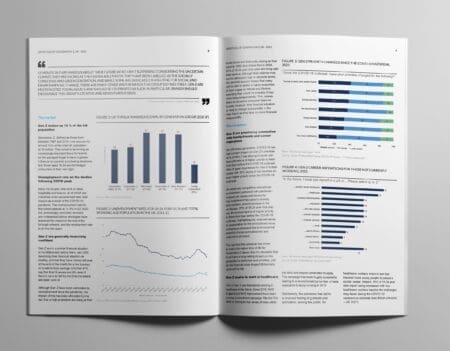The offers are surely too good to be true. Whether cash, points or miles, credit card sign-on incentives are escalating rapidly again as card issuers look to compete for an increasingly confident US consumer. It’s a play we’ve seen before and we know it isn’t sustainable, but most card issuers can’t afford to sit on the sidelines while competitors lure their customers with rich offers and are, therefore, forced to adjust their incentive strategies accordingly. The result is an incentive bubble that is likely to burst. The question is when?
The facts
- Cash: The average cash incentive, reached $161 in Q4 2015 compared to $134 YAG and just $87 in Q4 2007 (pre-recession benchmark)
- Points: The average points incentive reached 40k in Q4 2015 compared to 32K YAG and just 11K in Q4 2007.
- Miles: The average miles incentive was 40K in Q4 2015 flat vs YAG but up from 14K in Q4 2007.
In the increasingly competitive cash-back segment some issuers have been mailing targeted offers with incentive amounts that are typically well above the standard incentive promoted on their websites. AmEx has been a key driver of higher incentives, preparing for life-after-Costco with a direct mail ramp-up for its Blue Cash Everyday Card, offering $150, $200, $250 and $300 and even testing incentives of $500 for new cardholders who spend $3,000 in the first 3 months.
In points/miles 50K seems to be the new norm with notably expanded “50K” campaigns for Chase Sapphire Preferred, AmEx Premier Rewards Gold and the Capital One Venture Card. During the course of 2 days in December, Chase sent approximately 2.1 million acquisition emails with the subject line, “Earn 50,000 Bonus Points with Chase Sapphire Preferred” ($625 towards airfare/hotels via Chase Ultimate Rewards) in a campaign that resonated with prospective customers by generating a 38% read rate according to Mintel ePerformance/eDataSource.
What we think
- In Q4 2011, cash incentives peaked at an average of $197 and subsequently declined as the $100 incentive became standard. The current escalation in cash incentives is similarly unprofitable and unsustainable and will likely follow a similar pattern of decline.
- While being marginal, the Federal Reserve’s recent rate hike signals the end of an era of cheap credit. As the prime rate climbs issuers will be pressured to cut into their profit margins in order to keep APR’s competitive and, as a result, there will be fewer dollars available rich cash incentives.
- Card issuers will pivot away from the cash back cards, that have been so popular in recent years, towards points based cards that are more cost effective which means rich points incentive offers will likely be sustained in the medium term.
- Card marketers should emphasize other components of their value proposition and look to focus on benefits other than sign-on incentives in order to gain a competitive advantage.
Note: Average incentive values are based on offers for cards with an incentive.
Sources: Mintel Comperemedia, Mintel ePerformance/eDataSource.
Andrew Davidson is SVP/Chief Insights Officer for Mintel Comperemedia. He is an expert in data-driven cross channel marketing intelligence, consumer behavior and global trends. As a thought leader and expert speaker, Andrew has consistently predicted the evolution of payments marketing for the past 23 years. He speaks at high profile industry events and has presented at conferences in the US, Canada, Australia, New Zealand, Hong Kong and Taiwan. Andrew is passionate about the global role of payments as the first step on the path to financial inclusion.








































